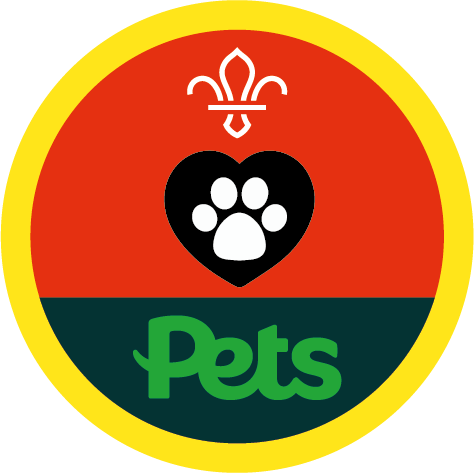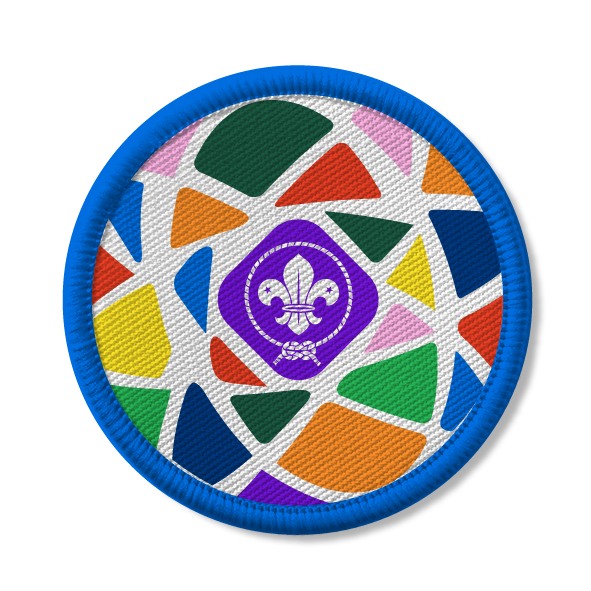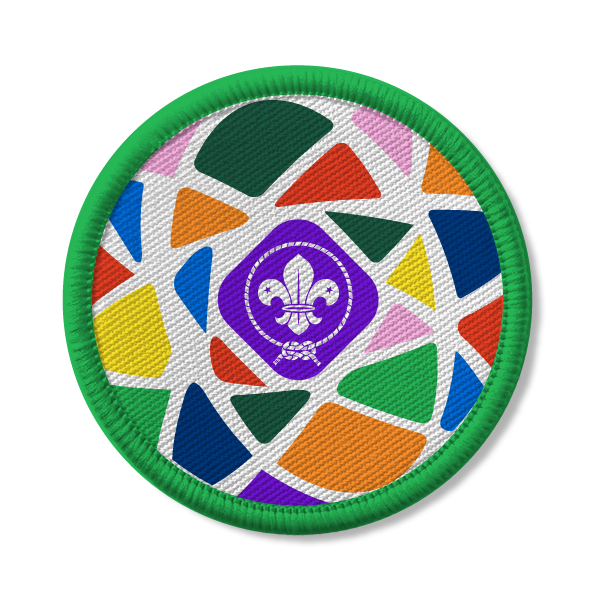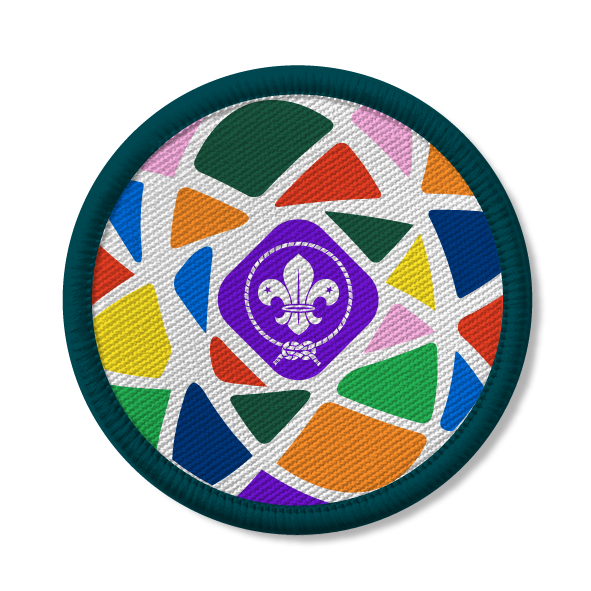
Wildlife watch
You’ll need
- Coloured pens or pencils
- Disposable gloves
- Glue sticks
- PVA glue
- A4 paper
- Carrier bags or bin bags
- Litter pickers (optional)
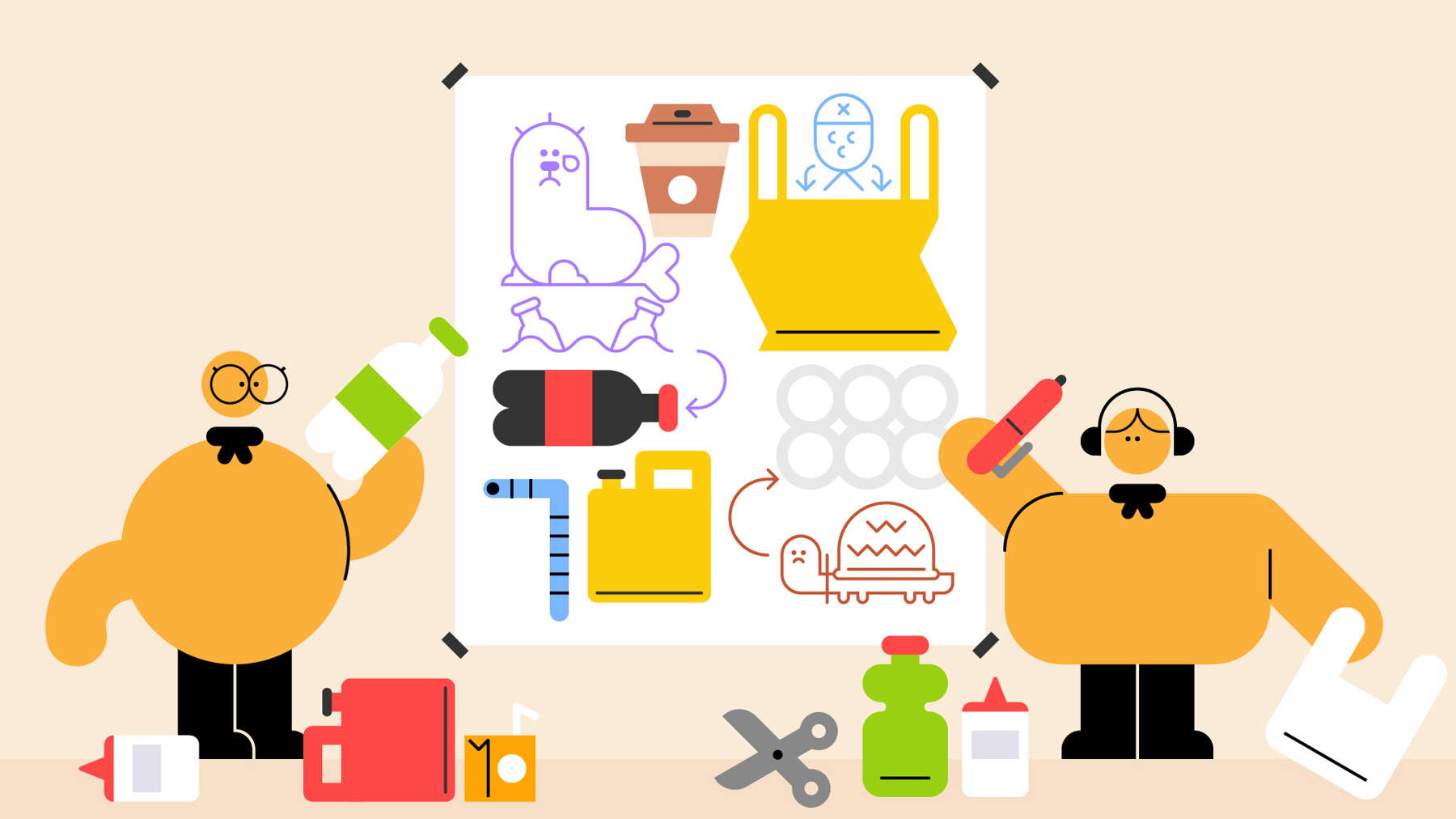
Before the session
- Everyone should gather (and wash) recyclable items such as bottles, boxes, and cartons at home, then bring them for this activity.
Talk about wildlife
- The person leading the activity should ask if anyone can explain what a habitat is. A habitat is the natural home of an animal or a plant.
- Everyone should think about the habitats of different animals – how about a whale, or a blackbird?
- Everyone should think about the things that might threaten wildlife in their natural habitat. It might help to think about the habitats of individual animals the difficulties they might face.
Explore outside
- Everyone should go on a short walk in the area around their meeting place, trying to spot any threats to wildlife habitats nearby.
- After the walk, everyone should gather in the meeting place and talk about the issues they saw. We’ve included some examples, in case you get stuck.
Tell others
- Everyone should put all of the clean recycling items on the floor in the middle of the space.
- Everyone should split into small groups of about three people.
- Each group should take it in turns to pick an item they think might be dangerous to wildlife from the pile in the middle.
- Each group should work together to make a poster of all of the dangers they identified during their walk. They should use some of the recycling items to show the dangers to wildlife – for example, they could stick a plastic bag on their poster and explain a bird could get stuck inside it.
Types of habitats
A habitat is the home of an animal or a plant. Habitats provide animals with food, water, and a place to live. Different habitats are home to different animals. There are lots of different habitats, including cities and towns, which are habitats for humans as well as wildlife.
Urban habitats are made up of lots of buildings, but also have parks and gardens where plants grow. Urban habitats are home to animals such as foxes, squirrels, hedgehogs, and pigeons.
Rainforest habitats are rainy and warm. Plants grow easily because of these conditions, so rainforests are full of many tall trees and leafy plants. Rainforests are home to insects and mammals such as jaguars and monkeys, as well as many more species of animals that haven’t been discovered yet.
Polar habitats are cold, windy, and covered in snow. Trees can’t grow in polar habitats, but you can find moss. They're home to polar bears, arctic foxes, orcas, seals, and penguins.
Marine habitats are in seas where the water is salty. They can be very different depending on how warm the water is. Marine habitats contain seaweed, hundreds of different fish species, whales, sharks, octopuses, and dolphins.
Grassland habitats are mostly made of grass. They’re not as dry as deserts, but they don’t get enough rain to be covered by trees like woodlands. They're home to giraffes, lions, and elephants.
Forest and woodland habitats are mainly covered by trees. There are lots of different kinds depending on whether they're in a hot or cold place. They're the natural home of some animals that are found in urban habitats (such as hedgehogs, squirrels and foxes) and animals such as deer, rabbits and bears.
Desert habitats are dry with very little rain. Deserts can be hot or cold. The animals that live there have adapted to living with very little water. Deserts can be home to plants such as palm trees and cacti, as well as animals such as camels.
Coastal habitats vary a lot, from shallow shores and dunes to beaches and rocky cliffs. You can find different flowers such as thrifts and campions, as well as seaweed. Cliff tops are home to many bird species, and you can also find bats, lizards, and insects.
Dangers to wildlife
Urban development: as human populations grow, more cities and roads are built. Sometimes forests are cut down to make way for them, which means many animals lose their habitats. The noise of building work (as well as the noise of everyday life) can also disturb animals – and dangers such as fast cars can accidentally kill animals that don’t get out of their way.
Water development: building dams to provide water to our cities can change the temperature of rivers – this may damage habitats.
Pollution: introducing different chemicals into the environment can harm the animals and plants that live there. Some forms of pollution can be seen, while some (such as fumes from cars) are invisible.
Recreation: our outdoor activities can also harm wildlife and habitats – if we don’t take care, we can disturb them when we're exploring. It's very important that we clear up after ourselves, for example, by taking our litter and rubbish home so animals can’t eat it or get tangled in it.
Reflection
This activity was a chance to help your community. Did you do anything on your walk to help, or make the world a better place? How could you use your posters to make the world a better place? What else could you do to help wildlife in your area?
This activity also reminded you to value the outdoors. Did you enjoy being outside? What threats did you spot, and how did they make you feel? Why is it important to understand threats to wildlife and their habitats?
Safety
All activities must be safely managed. You must complete a thorough risk assessment and take appropriate steps to reduce risk. Use the safety checklist to help you plan and risk assess your activity. Always get approval for the activity, and have suitable supervision and an InTouch process.
- Outdoor activities
You must have permission to use the location. Always check the weather forecast, and inform parents and carers of any change in venue.
Make sure the route for your walk is accessible for everyone.
All Scout activities should be inclusive and accessible.
